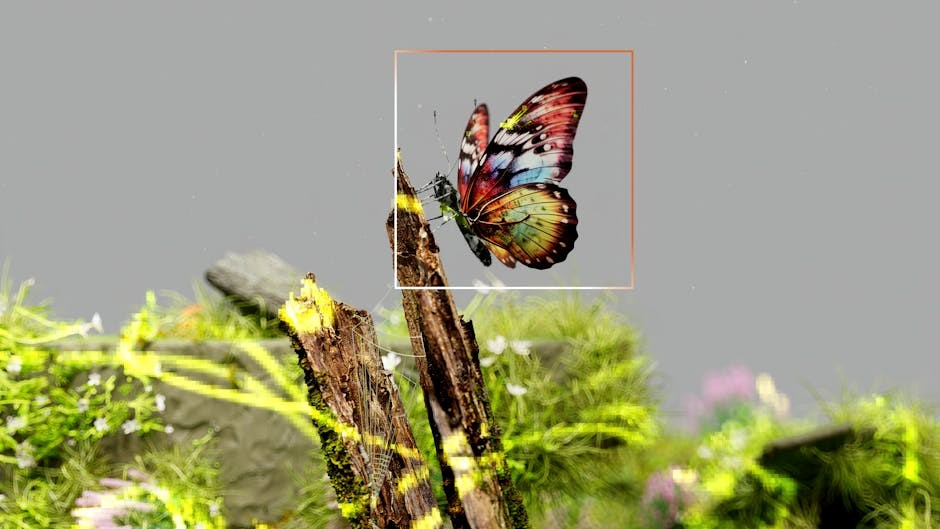Understanding the Importance of Accurate Identification
Accurate identification of truffles is crucial for several reasons‚ including ensuring food safety and avoiding potential health risks associated with consuming poisonous fungi․ The importance of accurate identification cannot be overstated‚ as it directly impacts the quality and safety of the truffles being consumed․ According to online resources‚ a comprehensive guide to truffle identification is essential for successful truffle hunting and identification․ By understanding the importance of accurate identification‚ individuals can take the necessary steps to educate themselves on the subject‚ including learning about the different types of truffles‚ their habitats‚ and characteristics․ This knowledge will enable them to make informed decisions when it comes to identifying and consuming truffles‚ ultimately ensuring a safe and enjoyable experience․ With the right resources and information‚ anyone can learn to accurately identify truffles and appreciate their unique qualities and characteristics․ This is particularly important for those who plan to hunt or consume truffles regularly․

Key Features of Truffles
Truffles have unique features including irregular shape and bumpy surface characteristics easily identified using online guides and resources available today for truffle identification purposes only․
Shape and Surface Characteristics of Truffles
Truffles have distinct shape and surface characteristics‚ including irregular and lobed shapes with bumpy surfaces‚ which are essential features for identification purposes․
The surface of truffles can be smooth or rough‚ and they often have a unique texture that sets them apart from other fungi․
The shape and surface characteristics of truffles are critical in distinguishing them from look-alikes and misidentified species․
Truffle hunters and enthusiasts use these characteristics to identify truffles in the field‚ and they are also used in laboratory settings to confirm the identity of truffle species․
Online guides and resources provide detailed information on the shape and surface characteristics of truffles‚ including images and descriptions of different species․
These resources are invaluable for anyone interested in learning about truffles and how to identify them․
By studying the shape and surface characteristics of truffles‚ individuals can gain a deeper understanding of these unique fungi and develop the skills needed to identify them accurately․
This knowledge is essential for successful truffle hunting and appreciation of these culinary delicacies․
Color Variations of Truffles
Truffles exhibit a range of color variations‚ from pale cream to light brown‚ and sometimes with slight marbling‚ which can be an important factor in identification․
The color of truffles can vary depending on the species‚ with some having a more pronounced color than others․
Online guides and resources provide detailed information on the color variations of truffles‚ including images and descriptions of different species․
The color of truffles can also be affected by factors such as age‚ environment‚ and handling․
Truffle hunters and enthusiasts use color as one of the key characteristics to identify truffles in the field․
The color variations of truffles are also used in laboratory settings to confirm the identity of truffle species․
By studying the color variations of truffles‚ individuals can gain a deeper understanding of these unique fungi and develop the skills needed to identify them accurately․
This knowledge is essential for successful truffle hunting and appreciation of these culinary delicacies‚ with color playing a crucial role in the identification process․

Truffle Habitats and Locations
Truffles are found near trees like chestnut‚ hazelnut‚ and oak‚ in specific habitats and locations worldwide easily using online guides․
Trees Associated with Truffle Growth
Truffle growth is often associated with specific tree species‚ including chestnut‚ hazelnut‚ oak‚ elm‚ pine‚ willow‚ and poplar․ These trees provide the necessary conditions for truffle development‚ with truffles forming a symbiotic relationship with the tree roots․ The relationship between truffles and trees is complex‚ with truffles helping to break down nutrients and make them available to the tree‚ while the tree provides the truffles with carbohydrates․ This mutualistic relationship is essential for truffle growth and development․ Truffle hunters often search for truffles near these tree species‚ as they are more likely to find them in these areas․ By understanding the relationship between truffles and trees‚ truffle hunters can increase their chances of finding these prized fungi․ Online guides and resources can provide more information on the specific tree species associated with truffle growth and how to identify them․ Truffle growth is a fascinating topic that requires further study and research․
Trees That Do Not Support Truffle Growth
Some tree species do not support truffle growth‚ including cedar and maple trees․ These trees do not provide the necessary conditions for truffle development‚ and truffles are rarely found near them․ Truffle hunters can save time and effort by avoiding areas with these tree species․ Online guides and resources can provide more information on the specific tree species that do not support truffle growth․ By understanding which trees do not support truffle growth‚ truffle hunters can focus their search on areas with more promising tree species․ This knowledge can help truffle hunters increase their chances of finding truffles and make their search more efficient․ Truffle growth is a complex process that requires specific conditions‚ and knowing which trees to avoid can be just as important as knowing which trees to look for․ This information can be valuable for truffle enthusiasts and hunters․

Distinguishing Characteristics of Edible Truffles
Edible truffles have unique characteristics‚ including distinct odors and flavors‚ that set them apart from other fungi‚ according to the truffles guide available online today easily always․
Odor Analysis for Truffle Identification
Odor analysis is a crucial step in truffle identification‚ as different species emit distinct aromas․ The truffles guide provides information on the various odors associated with different truffle species․
For example‚ some truffles have a strong‚ pungent smell‚ while others have a more subtle‚ earthy aroma․
By analyzing the odor of a truffle‚ one can narrow down the possibilities and make a more informed identification․
The guide also notes that the odor of a truffle can be affected by factors such as the truffle’s maturity‚ handling‚ and storage․
Therefore‚ it is essential to consider these factors when conducting an odor analysis․
With practice and experience‚ one can develop the skills necessary to accurately identify truffles based on their odor‚ using the truffles guide as a valuable resource․
The guide is organized alphabetically by genus and species‚ making it easy to find information on specific truffle species․
Overall‚ odor analysis is a vital component of truffle identification‚ and the truffles guide provides the necessary information to make accurate identifications․
Texture and Color Analysis for Truffle Identification
Texture and color analysis are essential components of truffle identification‚ as different species exhibit unique characteristics․ The truffles guide notes that truffles can have a smooth or bumpy surface‚ and their color can range from pale cream to dark brown․
The texture of a truffle can be firm or soft‚ depending on the species and its maturity․
Color analysis involves examining the truffle’s external and internal color‚ as some species have distinctive marbling or veining․
The guide provides detailed descriptions and photos of various truffle species‚ allowing for accurate texture and color analysis․
By combining texture and color analysis with other identification methods‚ such as odor analysis‚ one can confidently identify truffle species․
The truffles guide is a valuable resource for anyone looking to improve their truffle identification skills‚ providing comprehensive information on texture and color analysis․
With practice and experience‚ one can develop the skills necessary to accurately identify truffles based on their texture and color characteristics․

Common Look-Alikes and Mistaken Identities
Earth balls are common look-alikes often mistaken for truffles due to similarities in appearance and habitat using online truffles guide for accurate identification methods always․
Earth Balls and Their Similarity to Truffles
Earth balls are a type of fungus that can be easily mistaken for truffles due to their similar appearance and habitat․ They belong to the Scleroderma genus and are known for their round or irregular shape‚ often with a rough‚ warty surface․ Earth balls can be found in a variety of environments‚ including forests‚ fields‚ and even urban areas‚ which can make them difficult to distinguish from truffles․ According to the truffles guide‚ earth balls are often confused with truffles because of their similar size and shape‚ but they can be identified by their lack of a strong‚ pungent odor and their tendency to grow in clusters․ By using online resources and guides‚ individuals can learn to identify earth balls and distinguish them from truffles‚ allowing for a more successful and enjoyable truffle hunting experience․ Earth balls are not edible and should not be consumed․
